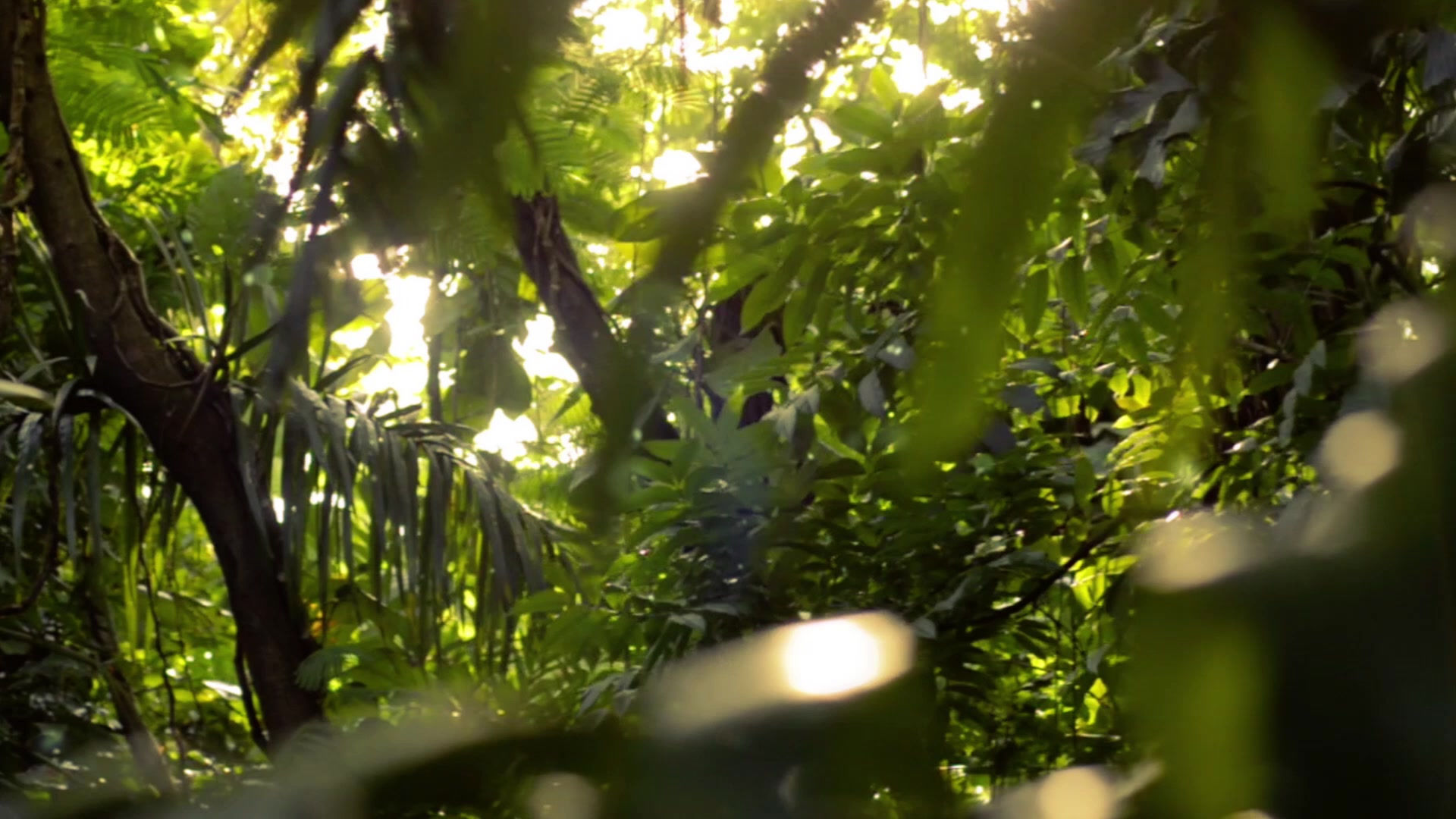
Father Baldwin Rambo Forest Garden

The Padre Balduíno Rambo Forest Reserve (RFPBR), which belongs to the State Secretariat for the Environment and Infrastructure of the State of Rio Grande do Sul (SEMAIRS), is an area adjacent to the Zoological Park and is located in the municipalities of São Leopoldo and Sapucaia do Sul, 28 km from Porto Alegre. The 620-hectare area, also known as Horto Florestal, is one of the largest, if not the largest, continuous forest area within the limits of Greater Porto Alegre. Important biological aspects of the Forest Reserve should be highlighted, such as the existence of dozens of native tree species below the eucalyptus canopies, with some measuring approximately 20 meters in height. In addition, the eucalyptus trees in the area are demonstrably the largest in Brazil, and these were the first eucalyptus forests to be planted in such a large area in Brazil. Specimens measuring over 40 meters in height and 1 meter in diameter at chest height are easily found, measurements comparable only to those seen in native eucalyptus trees in Australia. In total, 432 plant species were found in the area. The scientific and environmental value of these trees, both eucalyptus and native species, is unquestionable, as they have maintained a highly diverse local fauna (20 species of mammals; 18 species of reptiles; 217 species of birds).
Cities are vulnerable to the effects of climate events, which are becoming more severe and frequent due to climate change. Researchers address the issue of the contribution of green areas to the environmental health of cities and refer to two fundamental aspects: balanced local microclimates and air purification. The microclimate issue is directly related to the reduction of heat, exposure to the sun, winds and air humidity. As for air pollution, they highlight that this is the leading environmental cause of death in the world, already surpassing other factors such as contaminated water and infectious diseases. This scientific research has revealed that urban natural areas can contain relatively high levels of biodiversity. Even so, it is necessary to create new spaces for the protection of nature in urban areas and facilitate people's access to them. Connecting people to nature should be an imperative for the movement that works in favor of conservation, and urban protected areas can present suitable conditions to contribute to this mission.

With the expansion of urban areas, the pressure on the remaining natural ecosystems has increased at the same rate, now bordering on the unsustainable. Given this scenario, the conservation of urban forests and other areas that have environmental values has become even more important. The environmental services provided by the Forest Reserve represent a testament to the balance in favor of the health and well-being of the adjacent populations, even benefiting the inhabitants furthest from the metropolitan region. According to a scientific document prepared by researchers from the Federal University of Pelotas/UFPEL, the RFPBR was identified as a regulatory area for temperature and climate in general, mitigating imbalances at regional and metropolitan levels. Here is an excerpt from the work: “In the 1950s, naturalist Balduíno Rambo argued that the existing forest garden near Porto Alegre, RS, should be maintained as a public green area instead of being sold as planned by the state government, foreseeing the future of that urban agglomeration. In this study, we evaluate the current impact of this forest garden by comparing the results of thermal mapping of the surface obtained by image processing from the Landsat TM5 satellite with aerial photographs of the same area, as well as with standard data from meteorological stations. We found that, on a summer day, surface temperatures in the forest garden were 8°C cooler than those in the surrounding urban-industrial areas. Thus, the naturalist's prophecies are already a reality, because in addition to being an interruption in the urban-industrial landscape, the forest garden constitutes an island of coolness in the turmoil of the Porto Alegre-RS Metropolitan Region.” (Collischonn, 2012). In addition, the Reserve absorbs pollutant particles from the air, facilitates the filtration and purification of underground water, and dampens urban noise. It also has admirable natural potential for educational and recreational activities. For all the above reasons, the RFPBR deserves to be incorporated into the State System of Conservation Units as another Conservation Unit of RS, in the State Park category, according to a proposal presented in 2016 to the State government by technicians from the Zoobotanical Foundation of RS..
.

.png)